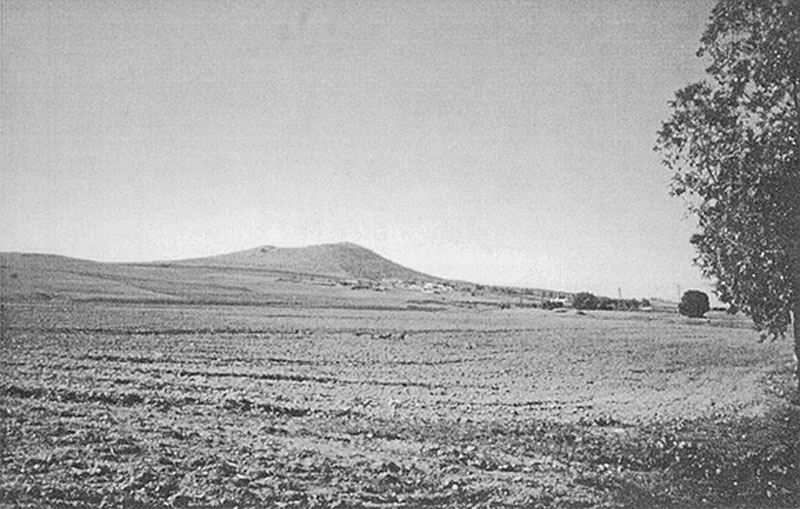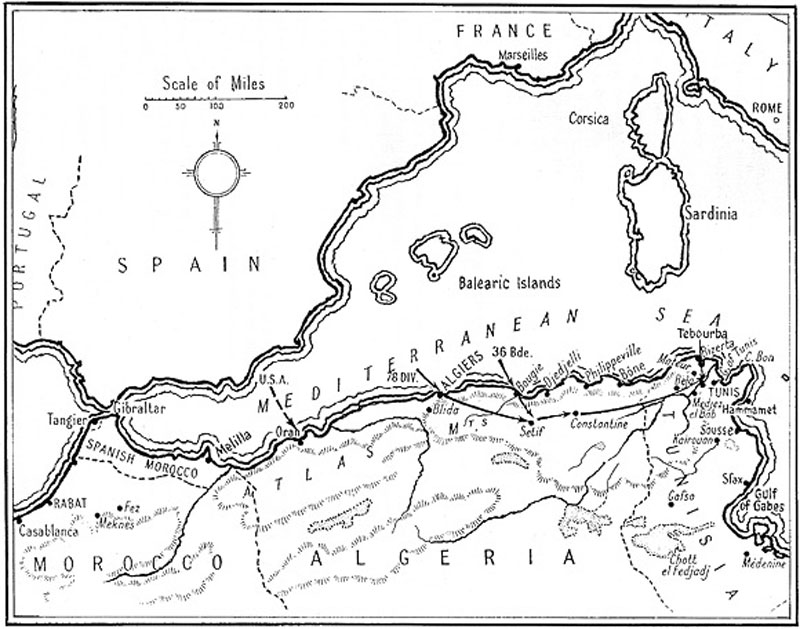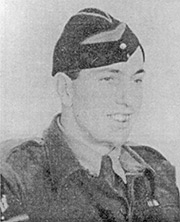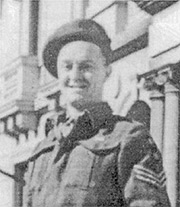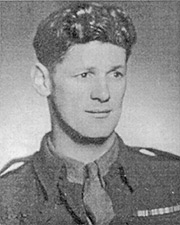1st Battalion
Algiers
Chapter 2
At half past eleven on the night of 7th November 1942 the ships for the Algiers landing anchored about eight miles off the coast. The assault landing craft (LCAs) were lowered into the water and engines started. Scramble nets were thrown over the ships' sides and the heavily laden troops climbed down the scramble nets into the assault craft below. This was not an easy operation. The assault craft, each containing a platoon of men, set off for the shore and for the first few miles were guided in by submarine. On nearing the shore the ramps of the LCAs were lowered. Private Thornton's platoon commander, Lieut H Crabtree, ordered: "Right, follow me". He ran down the ramp followed by his men and disappeared into the sea. They all found themselves chest high in warm water, much encumbered by their weapons and equipment. It was, a difficult operation in the dark, particularly as. it was several miles off the beaches intended. The companies soon sorted themselves out and occupied their objectives without opposition.
A Company's objective was a village called Castiglione which was occupied without incident. Indeed they found a dance in full swing. B Company's objectives were places called Fuka and Fuka Marine. Fuka Marine was a couple of coastguard cottages about a mile away from the landing. Here Lieut J A H Saunders was challenged by a suspicious coastguard with a 12-bore shotgun. Nearby was a French Senegalese battalion which had been ordered to stand by to oppose a landing. However, their Commanding Officer was a supporter of General de Gaulle, and no hostile action was taken. As the morning wore on a German Heinkel bomber came in at sea level, but neither side opened fire.
1 Surreys now concentrated in a bivouac area in the Bois de Boulogne to the north east of Algiers and several miles from the landing beaches. The Battalion remained there for the next ten days and there were official trips into Algiers. During this time 1 Surreys were reunited with its transport which had been carried on a separate ship, and in addition, some Troop Carrying Vehicles (TCVs) from 78 Division RASC arrived.
|
Mortar Hill |
Map 1 |
While in the Algiers concentration area 1 Surreys suffered their first casualties of the campaign. The Commanding Officer had taken the company commanders to Reghaia some miles out of the town to reconnoitre a lying-up area for the Battalion. As he entered the building selected for Battalion Headquarters, there was an explosion. Lieut I K Geddes, the Intelligence Officer, had most unfortunately picked up an object which looked like a fountain pen but turned out to be a German anti-personnel bomb. Lieut Geddes and the Medical Officer, Lieut D W Fell, were on the ground, both severely wounded. The MO, though in great pain himself, gave Major T A Buchanan, who had just arrived, instructions to administer morphine to Lieut Geddes. Sad to relate Lieut Geddes died that morning and the doctor in hospital the next day. The Commanding Officer's driver, L/Cpl. W Barrow, was also wounded by the bomb. A fragment of metal had sliced thr'ough a wad of letters in. the breast pocket of his battle dress and penetrated into his chest.
On 11th November 1942, 36 Brigade of 78 Division landed at Bougie, a coastal town some 120 miles to the east of Algiers. In Algiers itself, negotiations were taking place with the 'Vichy' French authorities. In Tunisia, however, Admiral Esteva, the French Resident-General was co-operating in the landing of German forces, which by the end of November numbered over twenty thousand.

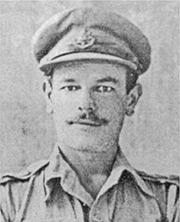
Captain R A Lindsay | Captain R C Taylor
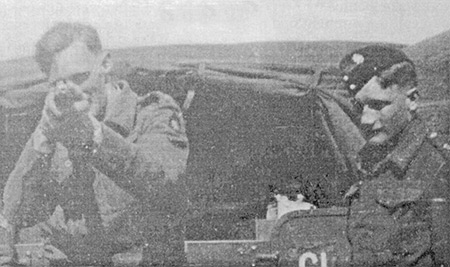
Captain P E Andwers - Lieut H Crabtree
Corporal H E Rolph |
Sergeant E Gostling |
Private H Smyth |
Related
